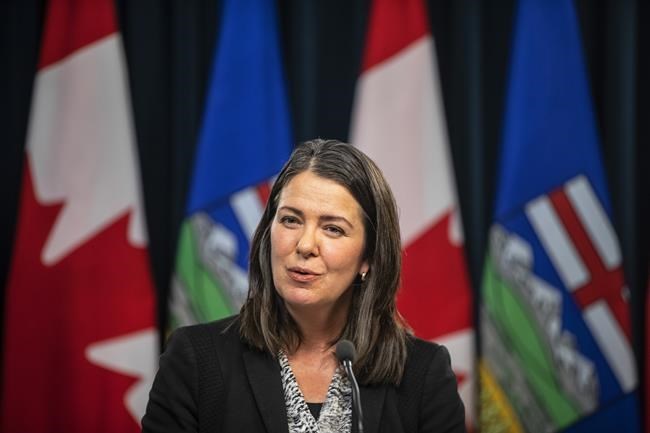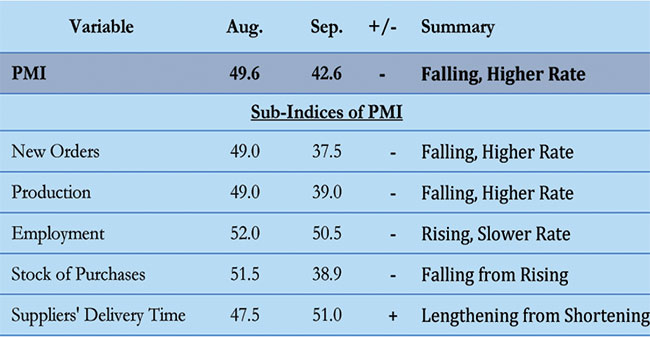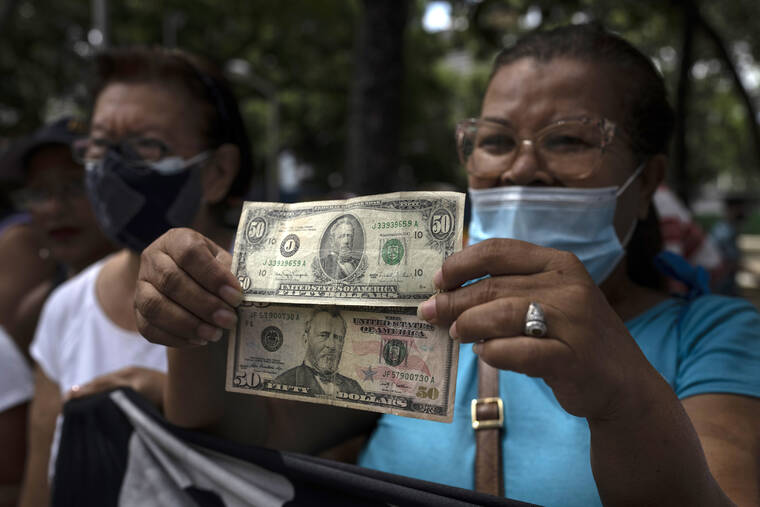Mega tourism project on the island of Uchchamunai: Ecosystems on the chopping block | Print edition
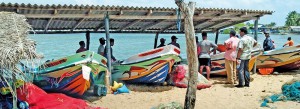
By Wasantha Ramanayake
Views) :
- Activists allege lease agreement was signed without proper environmental damage studies
- Say an ultra-sensitive ecosystem unable to withstand the impact; livelihoods of fishers threatened
- What happened to Hikkaduwa and Pigeon Island will happen to Kalpitiya, they warn
- SLTDA denies accusation, says deal was to help Swiss investor through approval process
The Sri Lanka Tourism Development Authority (SLTDA) has signed a deal to lease Uchchamunai Island to a Swiss investor without a proper study on the damage the project could cause to sensitive ecosystems, environmentalists have claimed.
But the authority denies the accusation and says the deal was signed simply to help the investor get approval from the relevant authorities.
The agreement is part of the Kalpitiya Integrated Tourism Resort Project (KITRP), also known as SLTDA’s Kalpitiya Tourism Development Master Plan (KTDMP).
Environmentalist Sajeewa Chamikara said the lease contract violated laws which required the Environmental Impact Assessment (EIA) report before the land was leased.
He also said that no strategic environmental assessment (SEA) had been carried out. The SEA is carried out to assess the overall impact of the project before preparing the master plan.
Mr. Chamikara said he believed the overall environmental impact of the project on the highly sensitive ecosystem around the Kalpitiya Peninsula was multifaceted and negative.
Fourteen islands alienated to the SLTDA for tourism development separate the sea from the lagoon of Puttlam, which has unique and diverse ecosystems consisting of mangroves, bushes, dunes, corals, sand and stone reefs, remains of mud and seagrass.
“These reefs, mangroves and seagrasses facilitate the reproduction of various types of fish, crabs, shrimps and dugongs. Large constructions, sewers, chemicals and any large-scale tourist activity will inevitably destroy the delicate ecosystem,” he warned.
The environmentalist also said the project could even harm the livelihoods of those who fish on the island.
“The export of region-exclusive white crabs and other varieties of fish brings in a significant amount of foreign exchange,” he said.
“People visit these islands to see various attractions, such as sand dunes. However, once leased, these islands would be off-limits to people and would be the exclusive property of the investor. The project could lead to the collapse of the region’s tourism structure,” Chamikara said.
It is ad hoc and uncontrolled tourism that has destroyed the corals in Hikkaduwa and Pigeon Island, he said, adding that these two tourist sites testify to the authorities that if the natural environment of Kalpitiya is damaged, it will would end up killing the tourist value. of the area.
Lawyer and environmentalist Jagath Gunawardana pointed out that according to an environmental assessment carried out by the Urban Development Authority (UDA), Uchchamunai Island and its surroundings had been identified as part of an ultra-sensitive ecosystem.
“Such a dynamic environment is unstable and not suitable for the construction of large permanent buildings,” said Dr Gunawardana.
He said that under the Tourism Act, SLTDA was required to conduct an environmental assessment to educate potential investors to make an informed decision before signing any deal. 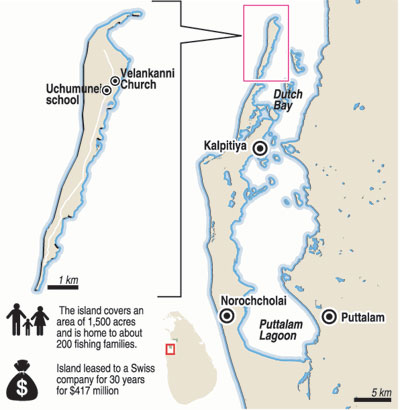
Dr. Gunawardana expressed doubts about the authority carrying out such intensive environmental assessments before the implementation of the master plan. “Reputable international investors are very concerned about the environmental impacts of major projects. By not providing the big picture, the SLTDA rather discourages investors, not necessarily encourages them,” he said.
Secretary of Ceylon Tourism Service Providers Association (ACTSPA), Suranjith Wevita, pointed out that Kalpitiya Sea is a breeding ground for many fish and turtles. At the same time, its surroundings attracted various species of birds. He said the construction of high-end luxury and super-luxury hotels with 4,000 rooms and facilities for water activities would inevitably harm this unique ecosystem.
“The traditional way of life of the indigenous fishing community on the island itself is a tourist attraction, and that too would be disrupted because of this mega project,” Wevita explained. He added that these fishermen contribute 80% of the fish yield in Kalpitiya.
Instead of megaprojects, promoting community-based tourism models would minimize environmental and socio-cultural damage, he said.
SLTDA chief executive Dhammika Wijesinghe said the Swiss investor only signed the deal to start the formal process. She said the scoping committee comprised of approval authorities such as the Central Environment Authority and concerned Pradeshiya Sabhas would be involved in granting approvals before the project starts.
“If the project has negative impacts on the environment, the project should be modified accordingly to minimize those impacts,” she said.
She added that the agreement provided for the development of 30% of the area of the island.
Refuting claims that the island had been hastily leased to bring in much-needed foreign exchange, she said the deal only provided a legal basis for the investor to secure the necessary approval from various agencies. “The real investment comes much later,” she added.
SLTDA Tourism Planning, Development and Investor Relations Director Prasad Jayasuriya explained that the COVID-19 pandemic and the lengthy approval process had delayed the signing of the deal.
He said the investor’s representatives came to the country on May 8 following an ultimatum from the Board of Investments (BOI) that the deal should be signed by May 11. As a result, he was only signed on May 11 due to disturbing incidents that erupted in May. 9 in Colombo and elsewhere.
Dr Jayasuriya said the SLTDA had issued an announcement calling for proposals for the tourism development of Uchchamunai Island under the master plan. He said there was only one proposal, and it was evaluated and approved in 2020.
He said that under the terms of the agreement, the investor can only begin the process of obtaining approval from various competent bodies such as the Central Environment Authority (CEA). “The investor could not start the process without any ownership rights,” he said, dismissing claims that the authority violated laws by signing the deal.
He asserted that the investor or his local agent had no conflict of interest with SLTDA or its directors.
Dr Jayasuriya also assured that around 450 families living on the island, mostly fishermen, would not be relocated. They would be allowed to live and pursue their traditional occupations without hindrance. “The investment will improve their livelihoods by providing them with better housing and infrastructure,” he added.
The Kalpitiya Peninsula is one of the most beautiful coastal regions in the North West Province. Its varied ecosystems consist of reefs, coastal plains, salt marshes, mangrove forests, salt marshes and sand dunes.
The SLTDA has drawn up the master plan – the Kalpitiya Integrated Tourism Resort Project (KITRP) – to develop 14 islands of the peninsula as tourist destinations. Whale and dolphin watching and the bass-reef sanctuary are among the main attractions, while the area is also popular among foreign tourists for its wind fishing, kite surfing and kayaking.
| Islanders fear land grabbing and disruption to their way of life
Ramani, a 28-year-old resident of Uchchamunai Island, is a preschool teacher. She says her husband, a fisherman, made a decent living and they lead a peaceful life with a host of challenges such as lack of access to clean water, electricity and healthcare. “Tourism not only attracts tourists, but it will bring other social ills such as narcotics, causing harm to the community.” “We don’t have enough drinking water; we dig wells for drinking water. World Vision, an INGO, had built wells for the villagers. A Christian charity had provided some villagers with communal toilets. I travel by boat for 30 minutes to take my 18 month old baby to the clinic in Kalpitiya town as there is no hospital on the island. “We prefer this way of life and don’t want new road networks to disrupt our way of life. Educated in a convent school with the help of the church, Ramani says the only school on the island had classes up to grade five, but now it has classes up to grade nine. He only has five teachers. She says the islanders’ postal meal usually includes rice and fish or dried fish. They rarely eat vegetables because to buy vegetables they have to go to town and they rot quickly. The government and an INGO provided the islanders with solar panels to get electricity, with each house getting enough electricity to run a fan, a TV, a few light bulbs and power outlets to charge cell phones. Although she married when she was 24, most girls and boys marry before the age of 20. A newly married couple would build their own house with coconut leaves or with bricks. Reverend Father Nelson, Chilaw director of SEDEC, the charitable arm of the Catholic Church which runs several projects on the island, says authorities have not informed people about the project. “Tourism authorities should tell islanders what the project would mean for them and whether the government could assure them that their lands will not be affected and that they will be allowed to continue their traditional occupation unimpeded. If that happened, few islanders would oppose the project,” he said, whatever promises the authority makes should be legally binding. A SEDEC employee, Rukman Silva, 38, explains that once the children leave school, they join their father to go to sea or fish in the lagoon. Only a handful of children travel to mainland Kalpitiya to continue their education. So far, Uchchamunai has only produced one graduate, Rukman says. According to him, an average fisherman earns a monthly income of Rs. 20,000, which he spends mainly on food. Once a week, they go to the town of Kalpitiya to buy essential items. Another association employee says the islanders fear that their land will be seized by investors. She said the islanders have no title deeds to the land. The 1400 acre island has a cemetery, school, community coconut farms and dried fish processing areas. Its houses were built with coconut trees, sheets and bricks. |
|
The best way to say you’ve found your dream home is to find it on Hitad.lk. We have listings of apartments for sale or for rent in Sri Lanka, whatever location you are looking for! Whether you live in Colombo, Galle, Kandy, Matara, Jaffna and more – we have them all!

